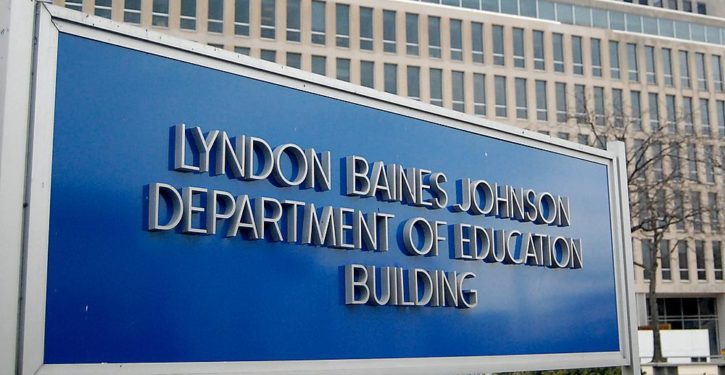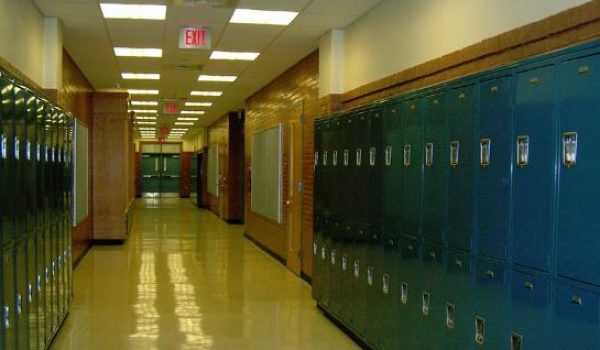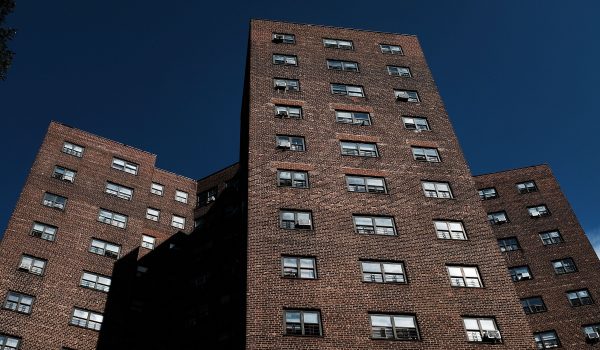
President Joe Biden continues to push for student loan forgiveness for millions of borrowers, but his efforts are harming already struggling Americans, experts told the Daily Caller News Foundation.
The Department of Education forgave another $4.8 billion in student loan debt in December for 80,300 borrowers as a part of its income-driven repayment forgiveness and public service loan forgiveness programs, bringing the total amount forgiven by the Biden administration to $132 billion. Biden’s student loan forgiveness agenda and the resumption of payments will have harmful effects on Americans’ discretionary income, higher education prices, taxpayers, individuals’ fiscal responsibility and the national debt, according to experts who spoke to the DCNF. (RELATED: Americans’ Finances Took A Beating In 2023 Amidst Persistent Inflation And High Interest Rates)
“So there’s a lot of concentrated benefits and dispersed costs,” Adam Kissel, visiting fellow at The Heritage Foundation’s Center for Education Policy, told the DCNF. “So the dispersed costs to the 100 million taxpaying voters will be spread over generations through the national debt, while the relatively small but significant amount of money on the other side will affect a small percentage of Americans in a more acute and immediate way.”
Biden’s original student loan cancellation plan, which was struck down in June by the Supreme Court, was estimated to cost over $1 trillion for taxpayers over ten years, not counting auxiliary costs from schools raising prices, adding to an already huge federal debt burden. The U.S. sovereign debt exceeded $34 trillion for the first time ever on Dec. 29, 2023, increasing the proportion of taxpayer funds that go toward servicing the debt.
“Another broader context is that Biden’s high inflation canceled out a lot of the effect of the loan cancellation schemes in people’s lives,” Kissel told the DCNF. “And since each person’s situation is unique, that plays out differently for each person. Many people have not prepared well for the resumption of student loan payments, which is a failure of economic education.”
The average student loan payment is estimated to be close to $300 per month, taking a significant chunk out of Americans’ disposable income, according to U.S. News and World Report. Factors like rising prices, which have increased more than 17% since Biden took office in January 2021, and higher interest rates following the Federal Reserve’s rate hikes have made everyday necessities more costly.
Following the Supreme Court’s rejection of Biden’s original student loan forgiveness plan, the White House announced new action, including a credit rating pause in relation to student loan forgiveness. Missing a payment will not hurt borrowers’ credit score until Sept. 30, 2024, and the loans cannot be considered delinquent, in default, or sent to debt collection agencies until that time as well.
“If I were a lender, I would not be able to trust the credit agencies during this year,” Kissel told the DCNF. “So instead, I would directly ask a potential borrower, ‘Are you repaying your student loans or not?’ And that would tell me something about that potential borrower. So the education department is ruining the credibility of credit reporting agencies through no fault of their own.”
Borrowers are taking advantage of the pause, with 8.8 million people, or nearly 40% of student loan holders, missing their payment in October 2023 following the end of the student loan payment pause. October’s numbers are in contrast to the same month in 2019 when only 26% of borrowers failed to make a payment by the middle of the next month when payments were due.
My Administration has cancelled student debt for 3.6 million people through various actions, bringing the promise of higher education to more hardworking Americans.
And we’re going to keep going.
— President Biden (@POTUS) January 2, 2024
“Universities are not holding the bag for student debt, so every move to make college more affordable by the federal government enables colleges to raise the price in a general way,” Kissel told the DCNF. “So there are unintended consequences of every student loan forgiveness scheme in the effects of subsidizing education, making it more expensive.”
Many argue that delivering subsidies for student loans has enabled higher education institutions to raise their own tuition prices. Researchers from the New York Federal Reserve concluded that for every dollar in credit assistance the government gives in the form of subsidized loans, institutions increased their tuition by 60 cents and unsubsidized loans by 15 cents, according to a 2015 study.
“Parents are already willing to save and sacrifice in order to afford their children’s college tuition,” Ryan Young, senior economist at the Competitive Enterprise Institute, told the DCNF. “Student loans won’t change that, and universities know it. They will raise their prices by roughly the amount of the student loan subsidies, and families will continue to save and sacrifice and pay about the same amount they do now.”
The Department of Education spent nearly $200 billion in fiscal year 2023 toward its office of federal student aid, far higher than any other component of the agency. The Office of Elementary and Secondary Education was second, receiving only $27.75 billion.
“Student loan delinquency rates will increase significantly because of the many borrowers who did not prepare well for the resumption of student loans,” Kissel told the DCNF. “We may not have good access to those numbers for a while because the department is failing to report them to credit bureaus, but those numbers will go up.”
Delinquency transition rates jumped in every category except student loans in the third quarter of 2023 as more Americans turn to debt to shore up their struggling finances. Many Americans have resorted to credit card debt to make ends meet, which exceeded $1 trillion for the first time ever in 2023.
“The more student loan subsidies, the stronger this effect will be,” Young told the DCNF. “That’s great for universities that want to build aquatic centers and hire more administrators. But it won’t save families any money. Families will in fact pay more through the higher taxes needed to pay for student loan forgiveness.”
The White House did not immediately respond to a request to comment from the DCNF.


